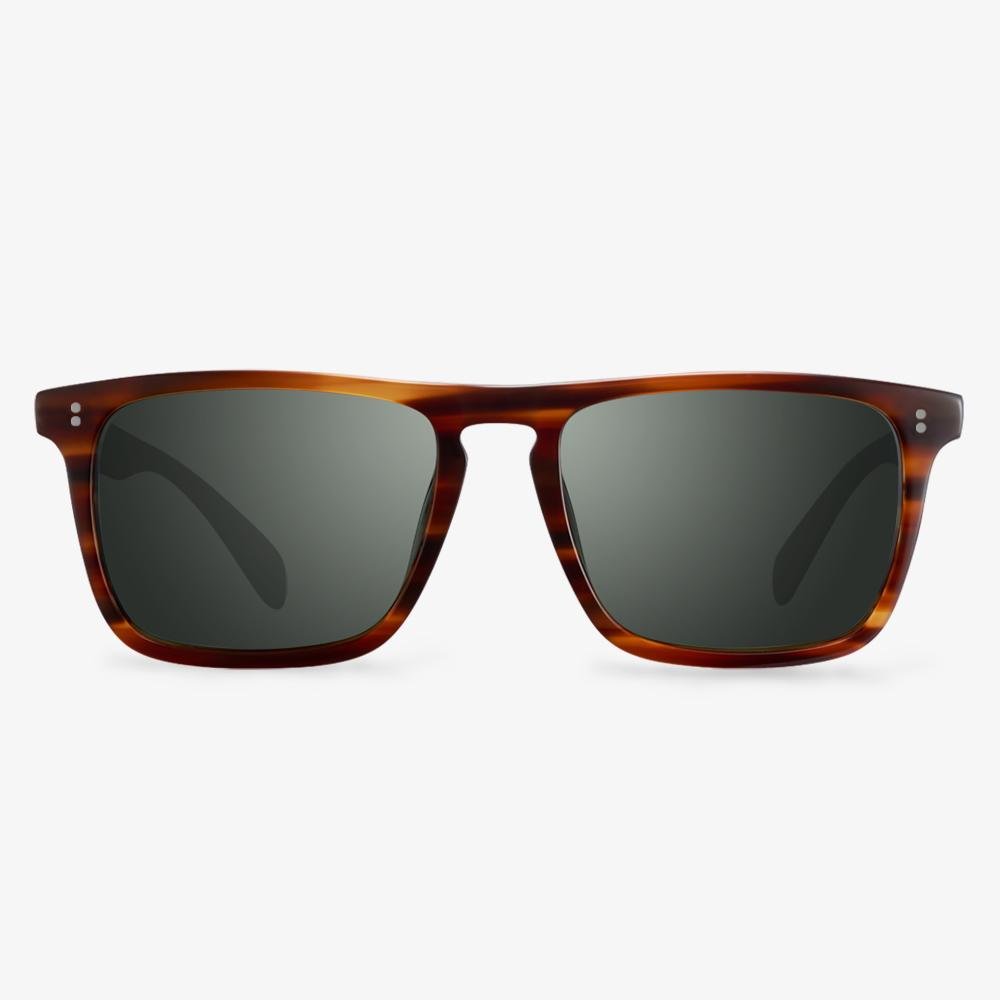How To Choose Better Night Driving Glasses?
Driving at night has a high accident rate because of poor visibility, blinding headlights, and fatigue. Now the market exists a few main glasses: sunglasses polarizing lenses, Glasses that use or mimic the first generation of patented technology. So how do you compare the options between driving and wearing glasses?
Night driving lens is relatively special compared with daily driving lens, not only to prevent strong light and see the road more clearly. According to the national motor vehicle driver special glasses standards, QBT 2659-2004 daily light transmittance should be more than 8%, night light transmittance should be more than 75%. Be sure to consult customer service. Ask about the situation. Note that a pair of polarized sunglasses are not suitable for use at night, and the light transmittance must reach the national safety standards.
Suggestions for Using Varifocal Glasses
If it is difficult for you to get used to the new varifocal glasses, here are some suggestions for you.
1. Wear the varifocal glasses consistently so as to let your brain learn how to use them.
2. The most common accident is tripping when getting used to new varifocal glasses. So, you can mix up your routine to keep your brain active and prevent you from tripping up.
You can also ask those who wear varifocal glasses to give you some advice.
Which is better, Essilor lens or Zeiss lens?
1. Different high-density resin substrates. Essilor Diamond Crystal series 1.74 lenses use resin with a density of 1.46 as raw materials. The lens itself has higher hardness. Combined with Diamond Crystal series film layers, the lifespan of the lens is better improved. The outstanding abrasion resistance is obvious.
2. Different technical support. The greater the density of the lens, the harder the substrate. However, the larger the density of the lens under the same volume is heavier. Therefore, Zeiss has the best trade-off between density and component and selects high density on the basis of high refractive index and frivolity substrates.
3. Different Features. The anti-fog molecules on the two surfaces of the lens are activated by an anti-fog activator. Therefore, the fog differentiates into a thin layer that is invisible to the eyes, instead of forming a fog. Each spray of activator can last about a week. Zeiss resin lens guarantees up to 99.4% of the lens light transmittance, and the naked eye can no longer feel whether the lens is worn or not.
What Are Polycarbonate Glasses?
Polycarbonate was developed in the 1970s for aerospace applications and is currently used for the helmet visors of astronauts and for space shuttle windscreens.
Polycarbonate lenses were introduced in the early 1980s in response to a demand for lightweight, impact-resistance lenses. Since then, polycarbonate glasses have become standard for safety glasses, sports goggles and children’s eyewear.
Polycarbonate glasses are thinner and lighter than regular plastic lenses. They also provide 100 percent UV protection and are up to 10 times more impact-resistance than plastic or glasses lenses.
In addition, Polycarbonate lens provides clearer and more comfortable vision if anti-reflective coating is applied to the lenses, which can eliminate distracting lens reflections that interfere with vision, particularly when driving at night or in other low-light conditions when glare sources are present.
After learning some basic information about polycarbonate glasses, we will show you the advantages and disadvantages of polycarbonate lens.
The origin of aspheric lens
The Visby glasses, unearthed in Gotland, Sweden, are the earliest aspheric lens found. The Vikings in the 11th century used it as a magnifying glass, and some of the best ones were made of silver, making them look like handicrafts. In 1667, Francis Smethwick grinds the first high-quality aspheric lenses and presents them to the Royal Society. That's a telescope with three aspheric elements. In 1956, Elgeet, which originally designed and manufactured optical instruments for the U.S. Navy, produced the world's first mass-produced aspheric lens for photography (Golden Navitar 12mm F1.2) for a 16mm film machine. Today, aspheric lenses are found in everything from tall telescopes to missile guidance systems to camera lenses. In the glasses we wear, the aspheric lens is familiar to consumers.
Best Ray-ban Wayfarer Alternatives - Vans Spicoli
As for the Ray-ban Wayfarer alternative, the Vans Spicoli would be recommended. If you are looking for a brand to rival Ray-ban for rock and roll col, you do not need to look much further than Vans. While better known for skate apparel, the brand also sells shades including the Spicoli frame that has a lot in common with Wayfarer. In addition, these Wayfarer glasses come at a cheap price and they are under $15.
Of course, besides these Wayfarer glasses alternatives, there are also some other choices available. You can search for them online.
Half frame glasses
The half-frame glasses are more appropriate. A round face is wide on the left and right. For the half-frame, because it doesn't have a line underneath it, it will make the face look rectangular. Wearing the full-frame will make the jaw look narrower, and the jaw of a round face is narrow, so wearing the full-frame will make the jaw look narrower. Wearing a half-frame lengthens the jaw and makes up for the lack of a round face. On the other hand, full-frame glasses are more suitable for long faces.


















































